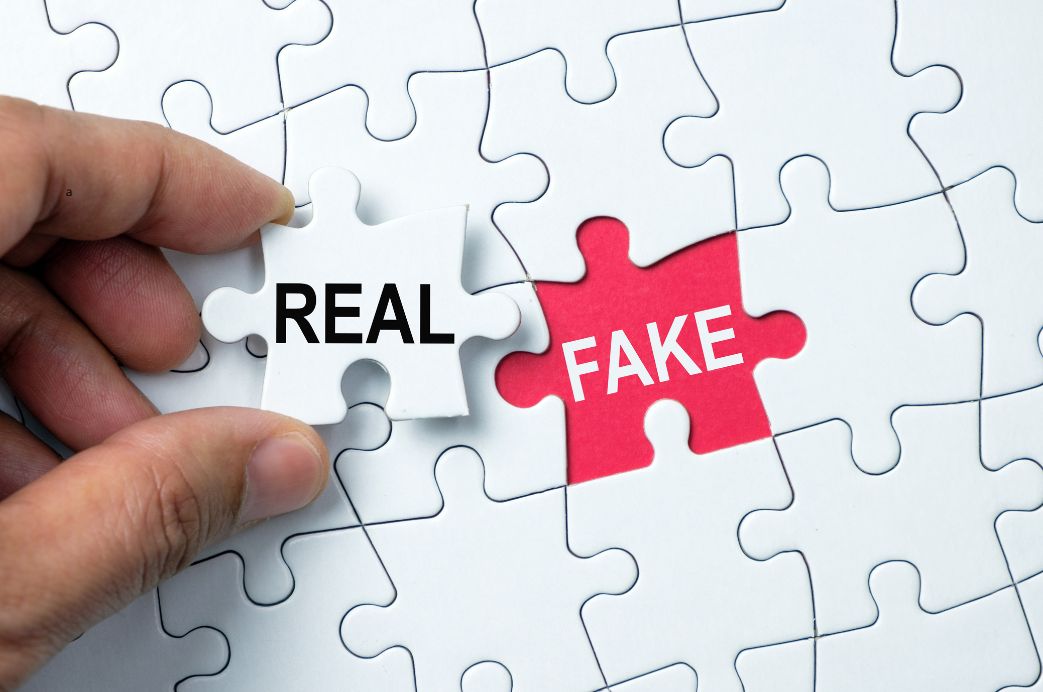E-commerce, also known as electronic commerce, is the practice of conducting commercial transactions over the internet. This includes buying and selling products, services, and information online. E-commerce has revolutionized the way companies conduct their business and how consumers acquire goods and services.
History:
E-commerce began to gain popularity in the 1990s with the advent of the World Wide Web. Initially, online transactions were mainly limited to the sale of books, CDs, and software. Over time, as technology advanced and consumer confidence in e-commerce increased, more companies began to offer a wide variety of products and services online.
Types of E-commerce:
There are various types of e-commerce, including:
1. Business-to-Consumer (B2C): Involves selling products or services directly to end consumers.
2. Business-to-Business (B2B): Occurs when a company sells products or services to another company.
3. Consumer-to-Consumer (C2C): Allows consumers to sell products or services directly to each other, usually through online platforms like eBay or OLX.
4. Consumer-to-Business (C2B): Involves consumers offering products or services to companies, such as freelancers offering their services through platforms like Fiverr or 99Freelas.
Advantages:
E-commerce offers various advantages for companies and consumers, such as:
1. Convenience: Consumers can purchase products or services anytime, anywhere, as long as they have internet access.
2. Wide variety: Online stores typically offer a much wider selection of products than physical stores.
3. Price comparison: Consumers can easily compare prices from different suppliers to find the best deals.
4. Reduced costs: Companies can save on operational costs, such as physical space rent and employees, by selling online.
5. Global reach: E-commerce allows companies to reach a much broader audience than would be possible with a physical store.
Challenges:
Despite its many advantages, e-commerce also presents some challenges, including:
1. Security: Protecting consumers’ financial and personal data is a constant concern in e-commerce.
2. Logistics: Ensuring products are delivered quickly, efficiently, and reliably can be a challenge, especially for smaller companies.
3. Fierce competition: With so many companies selling online, it can be difficult to stand out and attract customers.
4. Trust issues: Some consumers still hesitate to shop online due to concerns about fraud and the inability to see and touch products before purchasing them.
Future of e-commerce:
As technology continues to advance and more people around the world gain internet access, e-commerce is expected to continue growing and evolving. Some trends that are likely to shape the future of e-commerce include:
1. Mobile shopping: More and more consumers are using their smartphones and tablets to make online purchases.
2. Personalization: Companies are using data and artificial intelligence to provide more personalized shopping experiences to consumers.
3. Augmented Reality: Some companies are experimenting with augmented reality to allow consumers to “try out” products virtually before purchasing.
4. Digital Payments: As digital payment options like e-wallets and cryptocurrencies become more popular, they should become even more integrated into e-commerce.
Conclusion:
E-commerce has fundamentally changed the way we do business and continues to evolve rapidly. As more companies and consumers embrace e-commerce, it becomes an increasingly essential part of the global economy. While there are still challenges to overcome, the future of e-commerce looks bright, with new technologies and trends constantly emerging to enhance the online shopping experience.







